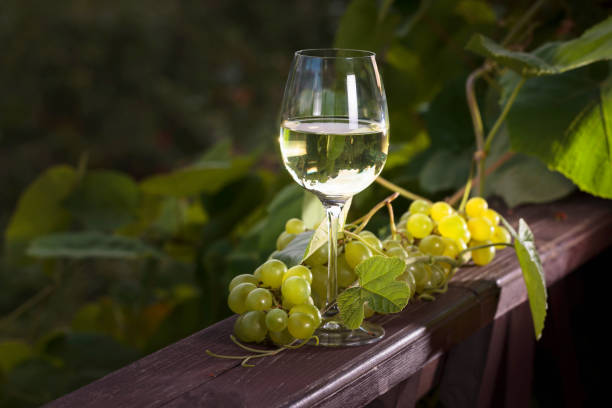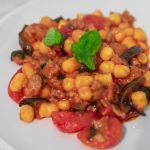Julia Childs, the indomitable Julia Childs, is credited with the expression, “I like cooking with wine.” Sometimes I put it in my food. It’s a beautiful thought. However, while we enjoy a glass of wine while we cook, our recipes might have better options. You might not mix an earthy Pinot Noir with a light, breezy summer pasta recipe. Wine is a great way to add new flavors and nuances to your recipe. Many cooks love dry white wine. This is the perfect wine for making dinner with seafood, chicken, pork, or other meats. These are some of the most popular dry white wines and how to use them.
What is Dry White Wine?
Dry whites are white wines that don’t have any sweetness. A wine with high acidity is best for cooking. Wines that have this characteristic are called “crisp” in wine-speak. The acidity can be added to a dish to balance heavy cream sauces or play the same role as a squeezed lemon on chicken or fish.
Pinot Grigio and Pinot Gris are excellent choices. Chardonnays and Chardonnays are good choices, but fuller whites with strong oaky flavors like Chardonnays must work better as cooking wines. They’re lower in acidity, so they don’t pack as much punch. The oaky, buttery flavors become bitter when reduced by cooking and don’t make a dish more pleasant. For the best Chardonnay results, choose an unoaked Chardonnay.
How to Choose a Quality Wine
Bad wine isn’t something you can improve on, but cooking will. It would be best if you didn’t serve it to your guests. This is a reason to avoid bottles marketed as wine for cooking, which can be unpleasant to drink. However, heat can destroy the delicate nuances of complex wines, so only spend a little on a wine you won’t use. You should save the best wines for drinking.
How to Cook with Wine
Wine should be added at the beginning of cooking to allow the alcohol to burn off. A dish with wine added at the end can often taste bitter.
A pan can be deglazed with wine, allowing you to use all the delicious brown bits for braising meat and making gravy or sauce. You can also use white wine for poaching and steaming fish. Dry white wine is often used in buttery risottos or creamy pasta to help cut through the richness.
What to Substitute
You can usually substitute dry Vermouth for white wines in most cases. When you only need a little sweetness, lemon juice or white wine vinegar can be used as a substitute. You can also use dry Sherry, Marsala, or Madeira. These options have a stronger flavor due to higher alcohol content and acidity. Use a little bit.
White grape juice is a good choice to add sweetness to a pan’s glaze. You can use chicken stock or vegetable stock to enhance a dish’s flavor. Stock can be very salty, so lower the amount you add to a recipe.
How to store wine
Unopened wine bottles should be kept in a cool, dark place at 45 to 55 degrees Fahrenheit. Keep the wine at room temperature to preserve its flavor and age well. Keep the cork upside down if the bottle has a cork to prevent it from drying out. Wine will oxidize once it is opened. This can adversely affect the taste. Opened bottles of white wine should be refrigerated and used within a few days.



